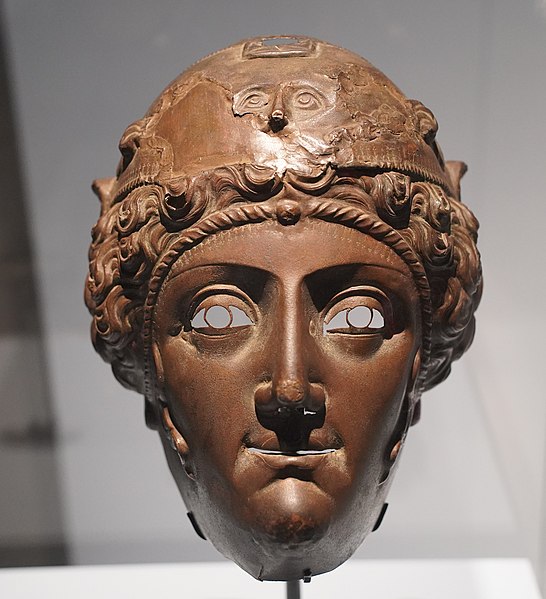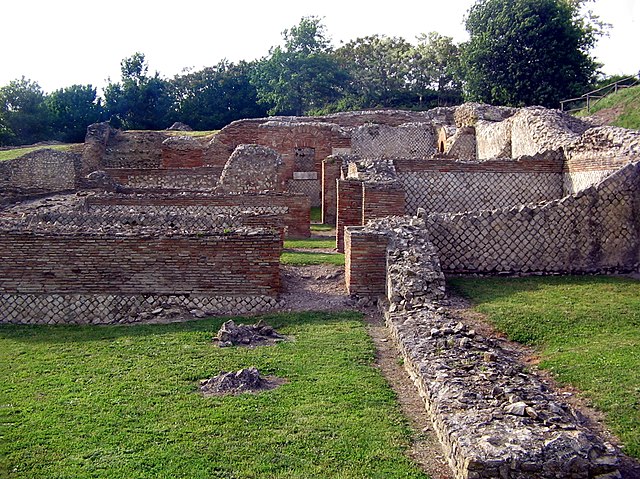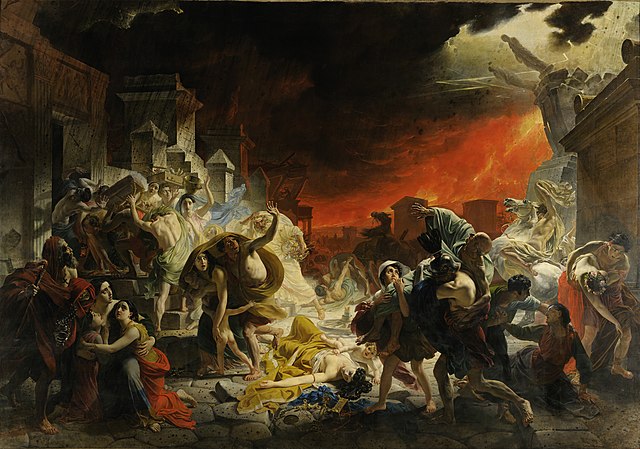Nola is a town and a municipality in the Metropolitan City of Naples, Campania, southern Italy. It lies on the plain between Mount Vesuvius and the Apennines. It is traditionally credited as the diocese that introduced bells to Christian worship.
Nola
Samnite soldiers from a tomb in Nola 4th century BC
Greek vase showing Theseus & Prokroustes, from Nola 470–460 BC (Staatliche Antikensammlung, Munich)
A 2nd-century bronze parade mask from a Roman tomb at Nola (British Museum)
Campania is an administrative region of Italy; most of it is in the south-western portion of the Italian peninsula, but it also includes the small Phlegraean Islands and the island of Capri. The capital of the Campania region is Naples. As of 2018, the region had a population of around 5,820,000 people, making it Italy's third most populous region, and, with an area of 13,590 km2 (5,247 sq mi), its most densely populated region. Based on its GDP, Campania is also the most economically productive region in southern Italy and the 7th most productive in the whole country. Naples' urban area, which is in Campania, is the eighth most populous in the European Union. The region is home to 10 of the 58 UNESCO sites in Italy, including Pompeii and Herculaneum, the Royal Palace of Caserta, the Amalfi Coast, the Longobardian Church of Santa Sofia in Benevento and the Historic Centre of Naples. In addition, Campania's Mount Vesuvius is part of the UNESCO World Network of Biosphere Reserves.

Ancient Greek Temple of Hera, Paestum, built in the Doric order around 460–450 BC
Ruins of Aeclanum, a Roman town in Irpinia district
The Last Day of Pompeii – Karl Briullov
Early kings ruled from Castel Nuovo








